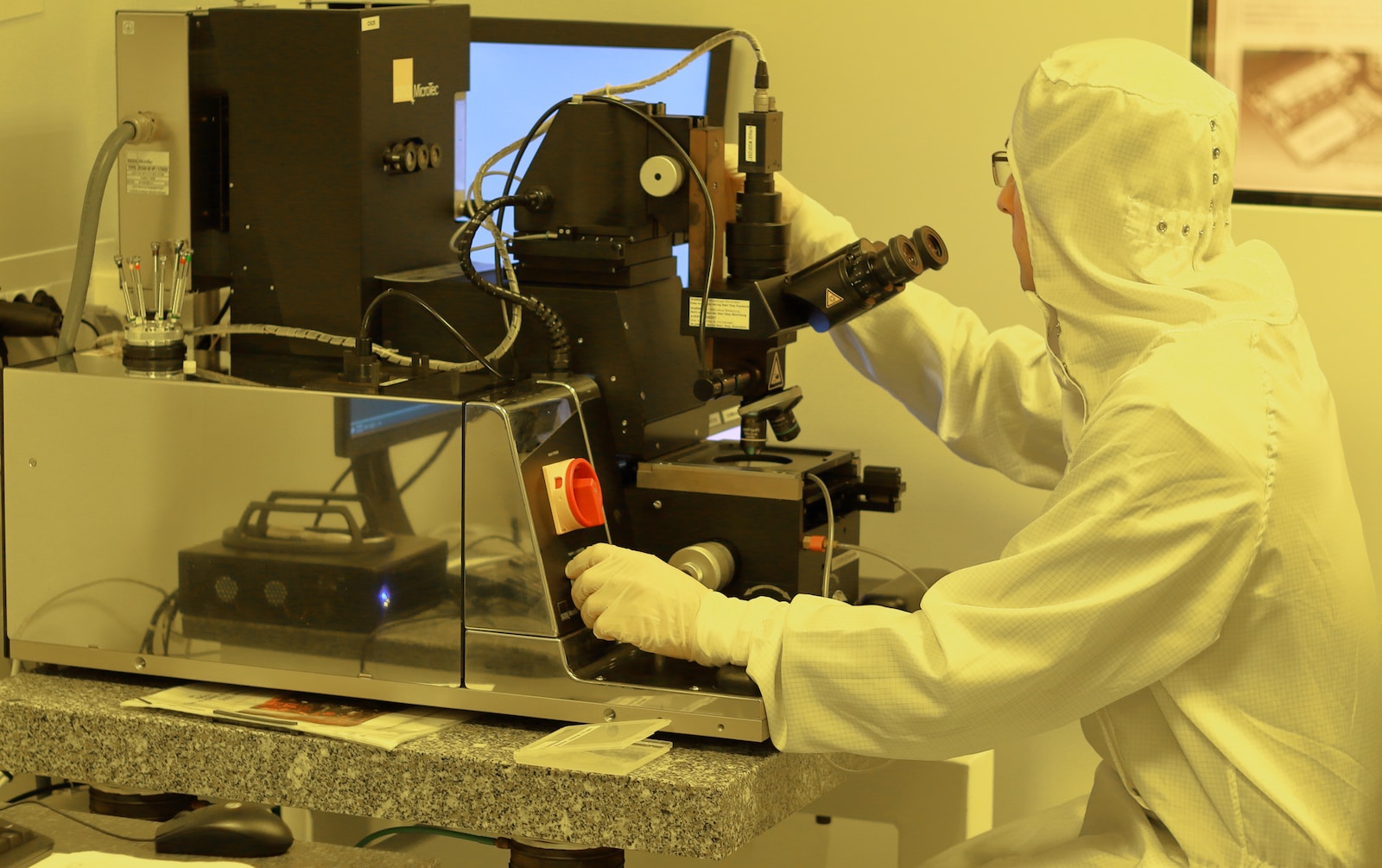In a world where innovation knows no bounds, nanotechnology stands at the forefront, making remarkable strides in diverse fields. From revolutionizing the electronics industry to redefining the landscape of modern medicine, nanotechnology is a force to be reckoned with, ushering in a new era of possibilities.
Nanotechnology in Electronics
Nanotechnology’s impact in the electronics industry is nothing short of revolutionary. By harnessing the power of the nanoscale, it has unlocked a realm of miniaturization and increased computing power that was once considered science fiction. Transistors and memory devices at the nanoscale have become a reality, allowing for the creation of faster and more efficient electronic devices.
One of the most notable developments is the shrinking of transistors, enabling the creation of smaller, more powerful computer chips. This miniaturization has been a driving force behind the rapid advancement of smartphones, laptops, and other electronic gadgets. The active integration of nanotechnology in electronics has paved the way for a future where powerful computing devices can fit in the palm of your hand.

Real-world applications of nanotechnology in electronics are abundant. Quantum dots, for instance, are used in displays to produce vibrant and energy-efficient colors. Carbon nanotubes are employed in high-performance batteries, promising longer-lasting and faster-charging devices. However, as nanotechnology continues to push the boundaries of what is possible in electronics, challenges such as heat management and scalability need to be addressed.
Nanotechnology in Medicine
Nanotechnology has also found its place at the heart of medical advancements. At the nanoscale, it has opened up a world of possibilities in drug delivery, diagnostics, and therapy. Nanoparticles, for instance, can be engineered to carry drugs directly to specific cells, minimizing side effects and increasing the efficacy of treatments.
In diagnostics and imaging, nanotechnology has given rise to techniques that were once inconceivable. Quantum dots, for example, are used in fluorescent imaging, allowing for the visualization of cellular processes with incredible precision. Magnetic nanoparticles are employed in magnetic resonance imaging (MRI) to improve the clarity of medical images.
Nanobots, a concept that seemed like science fiction just a few decades ago, are now being explored for targeted therapy. These tiny robots, often made from biocompatible materials, can navigate the human body, deliver drugs to specific locations, and even perform precise surgical tasks. The potential for nanobots in revolutionizing medical procedures is boundless.
Real-world examples of nanotechnology in medicine are already making a difference. The use of gold nanoparticles in cancer treatment, for instance, has shown promising results in targeting and destroying cancer cells. However, as we delve deeper into the world of nanomedicine, ethical considerations and safety precautions must remain at the forefront of research and development.
Nanotechnology in Other Fields
While electronics and medicine steal the spotlight, nanotechnology’s impact extends beyond these domains. It has applications in energy, materials science, and environmental monitoring, to name a few. In energy, nanomaterials are being explored for more efficient solar cells and energy storage devices. In materials science, nanotechnology is leading to the development of stronger, lighter, and more durable materials. Interdisciplinary collaborations hold the key to unlocking even more possibilities.
Ethical and Environmental Considerations
As nanotechnology continues its rapid expansion, it is imperative that we address ethical concerns and potential environmental impacts. Responsible development and regulation are crucial to ensure the safe and ethical use of nanotechnology. Sustainability in nanotechnology research, including waste reduction and environmentally friendly production methods, should be a priority.
Future Prospects and Conclusion
In conclusion, nanotechnology’s journey from the realm of imagination to the forefront of scientific progress is nothing short of astounding. Its transformative impact in electronics and medicine is already changing the way we live and the way we treat diseases. As we look to the future, the possibilities are limitless. It is our responsibility to continue advancing this remarkable technology while ensuring that it is developed and used in an ethical, safe, and sustainable manner. The nanoscale, it seems, is where the future is being built, one atom at a time.

